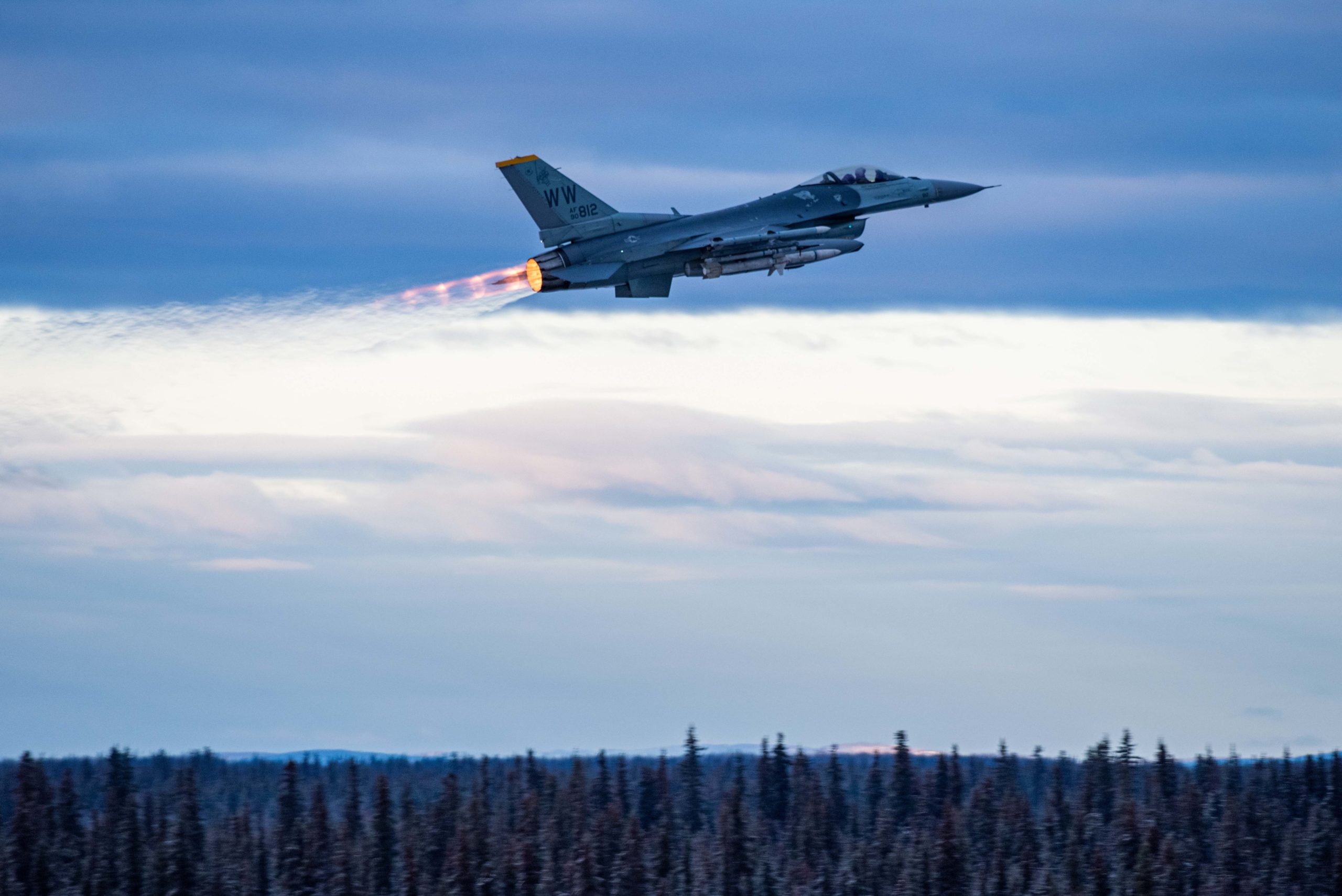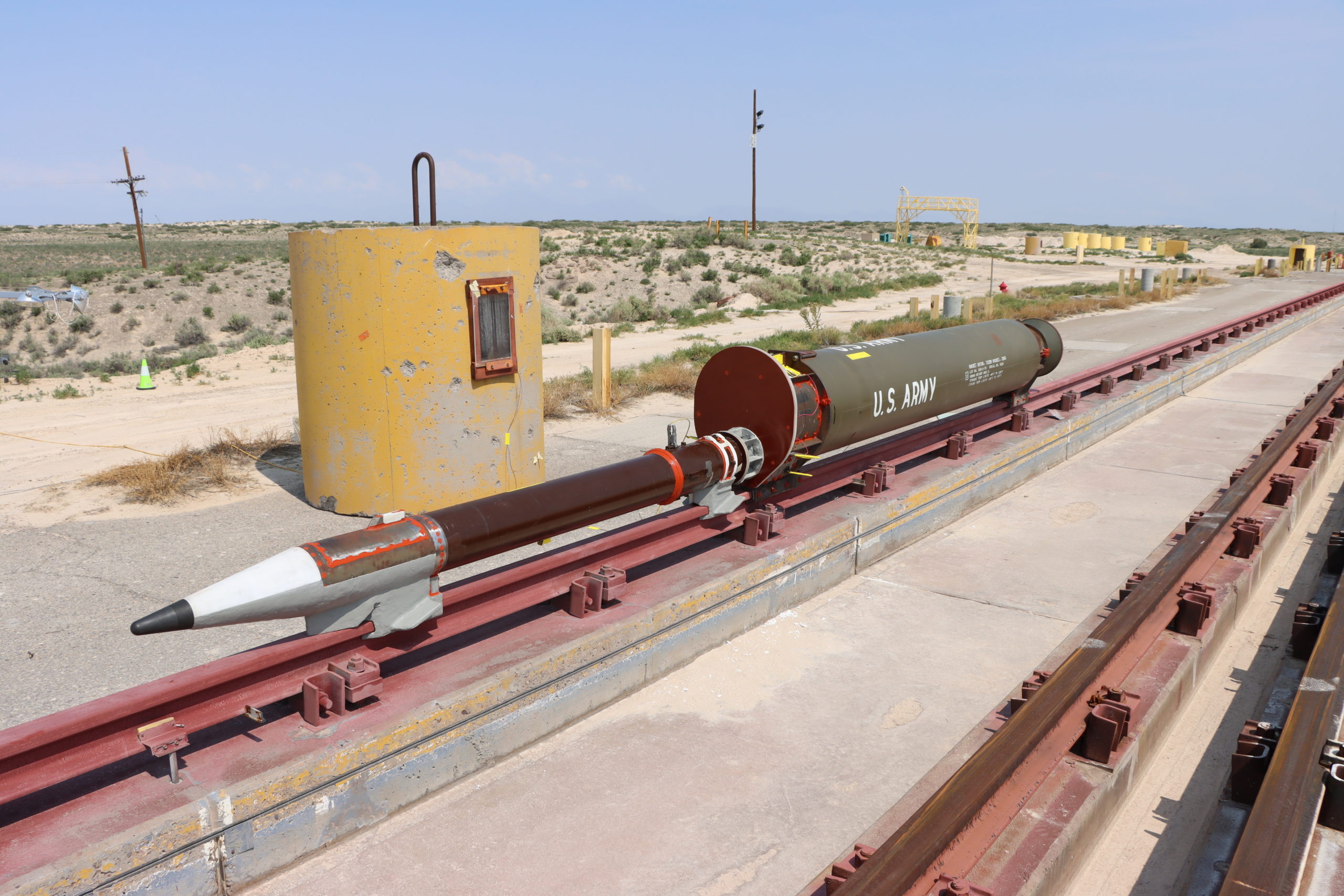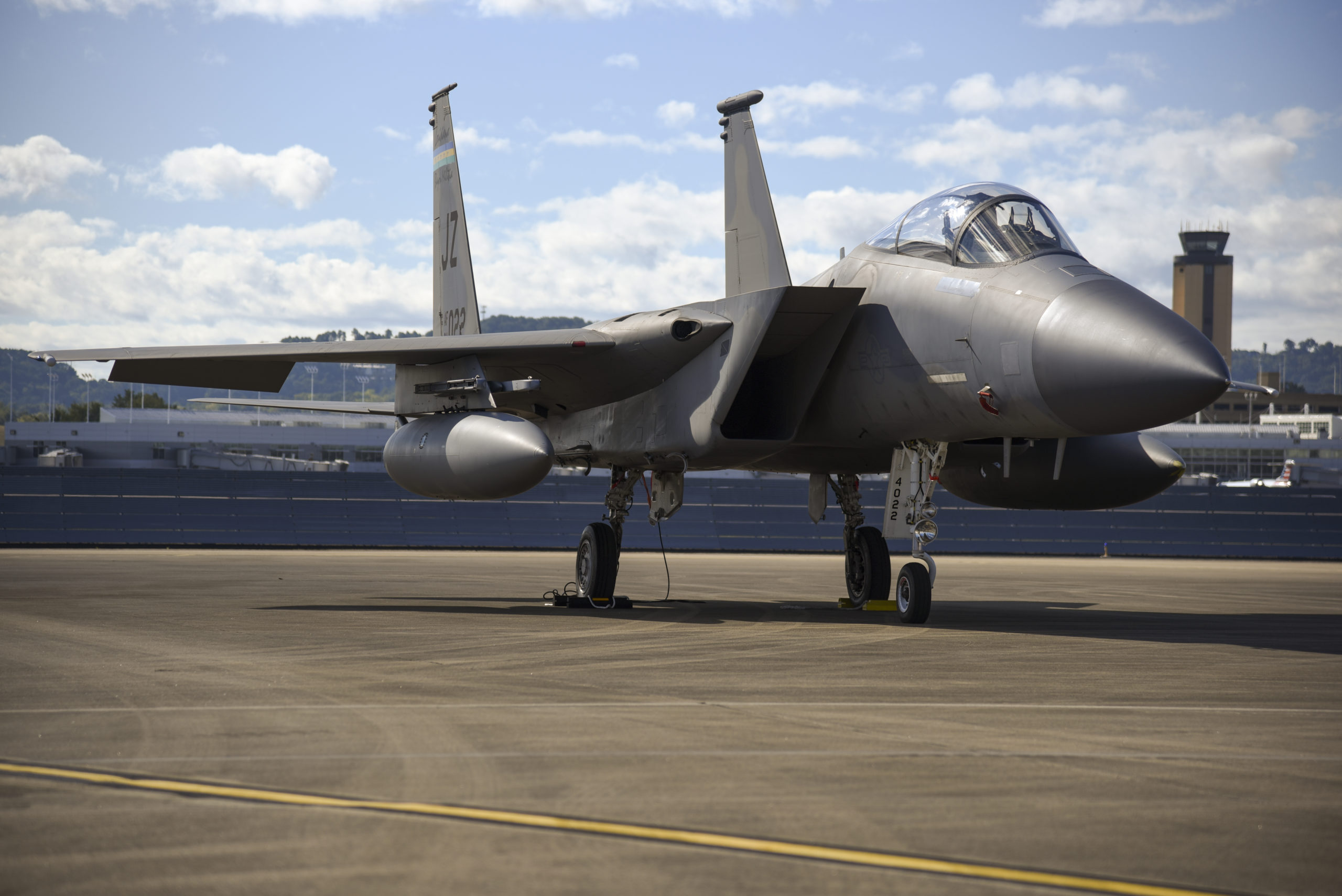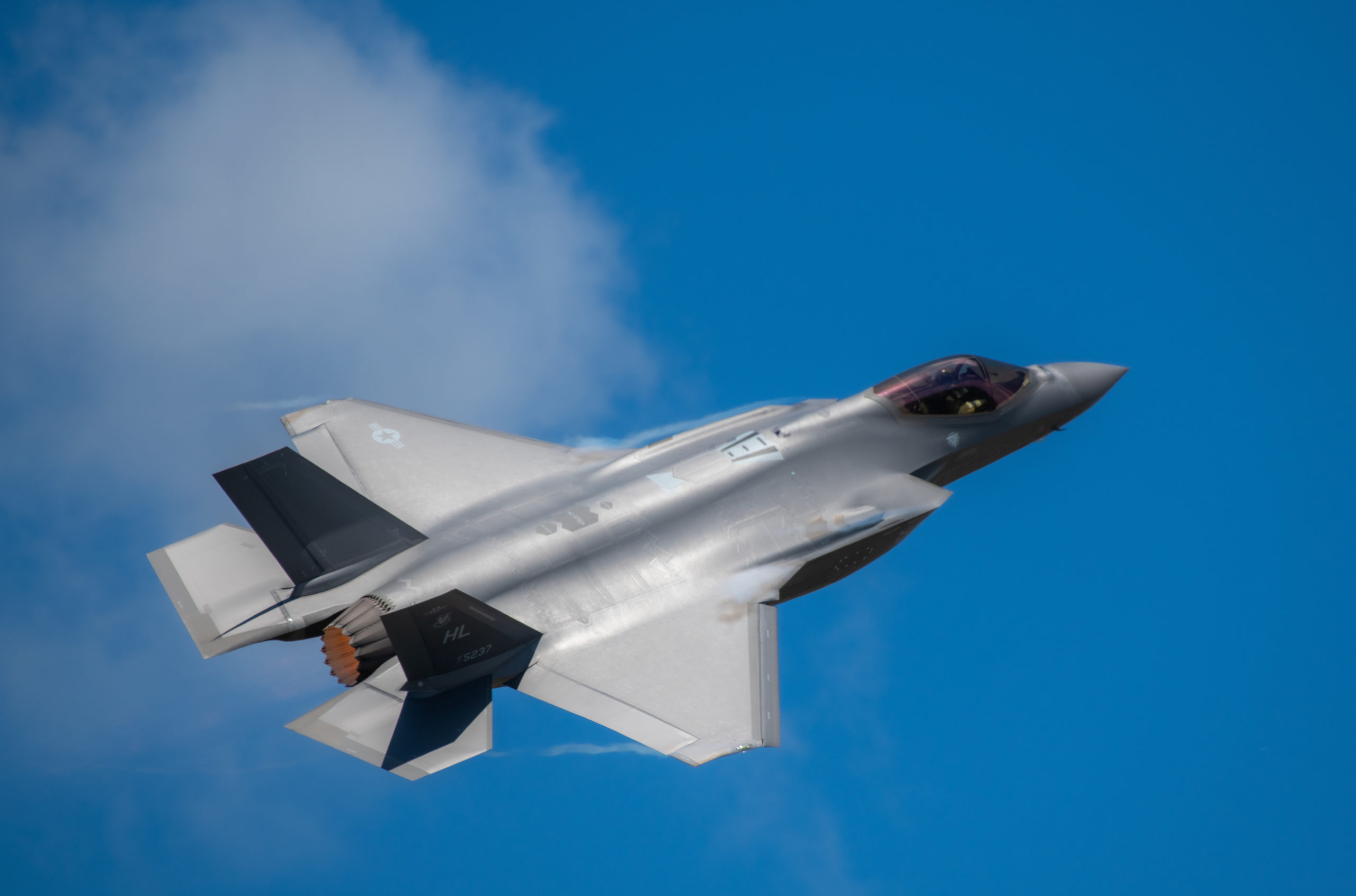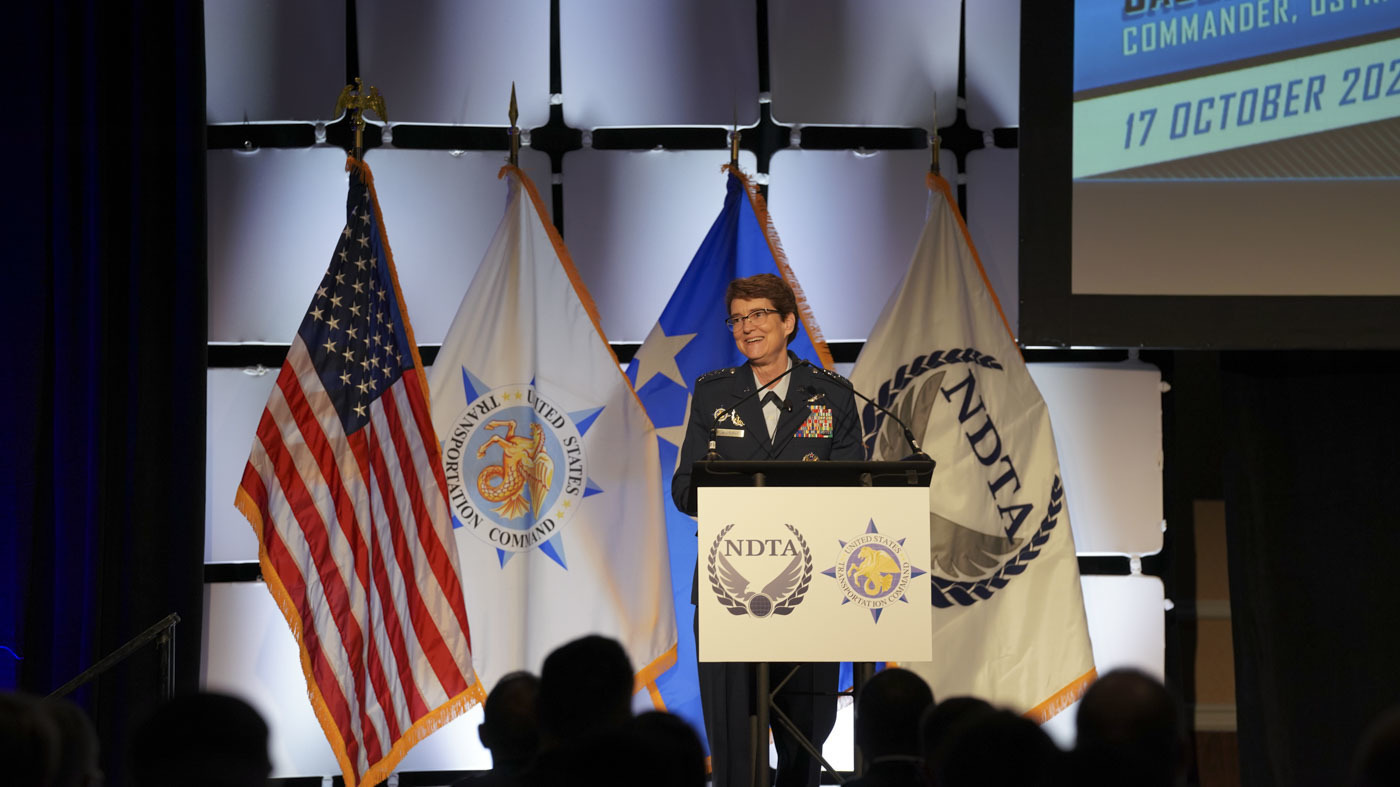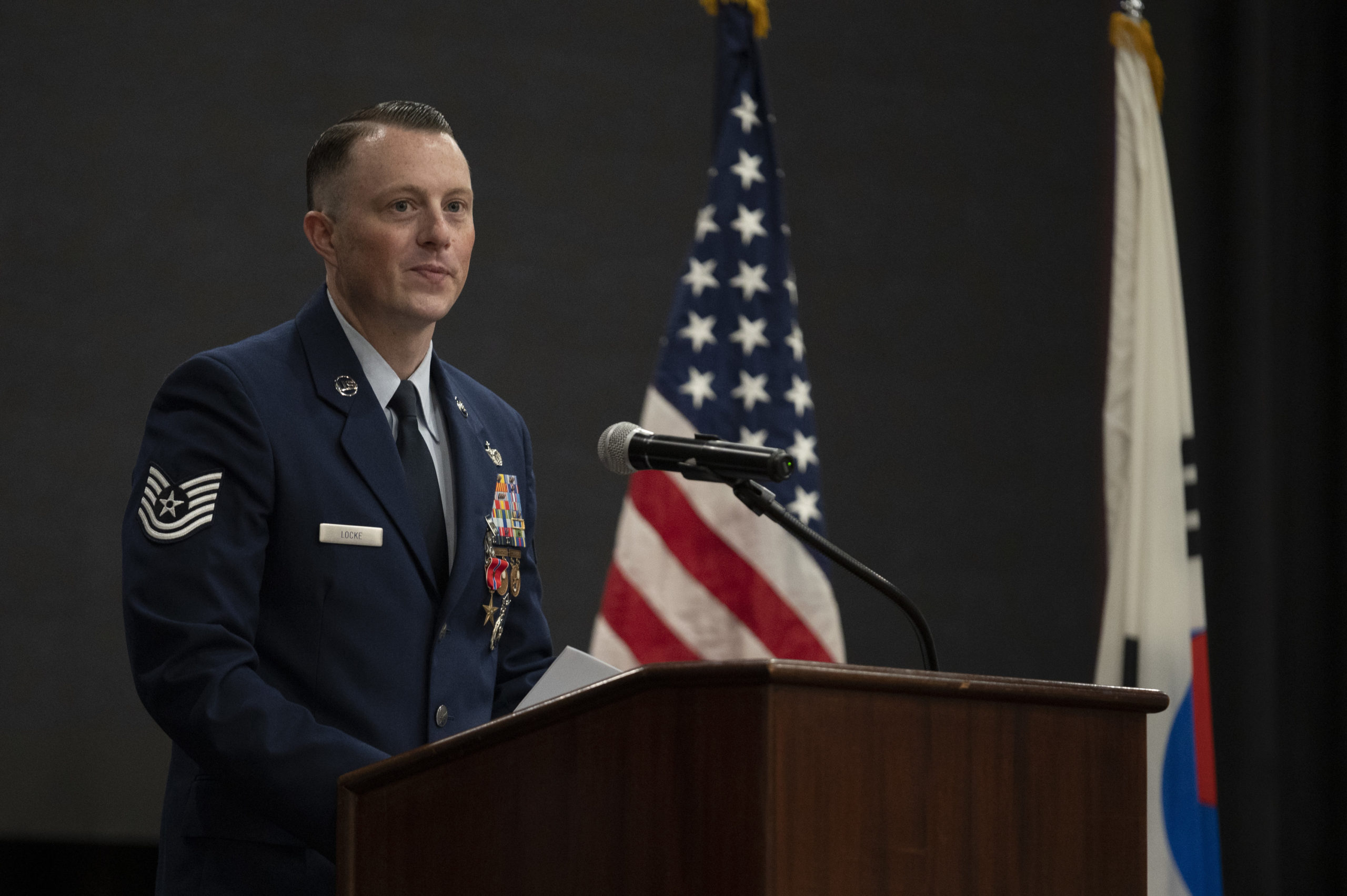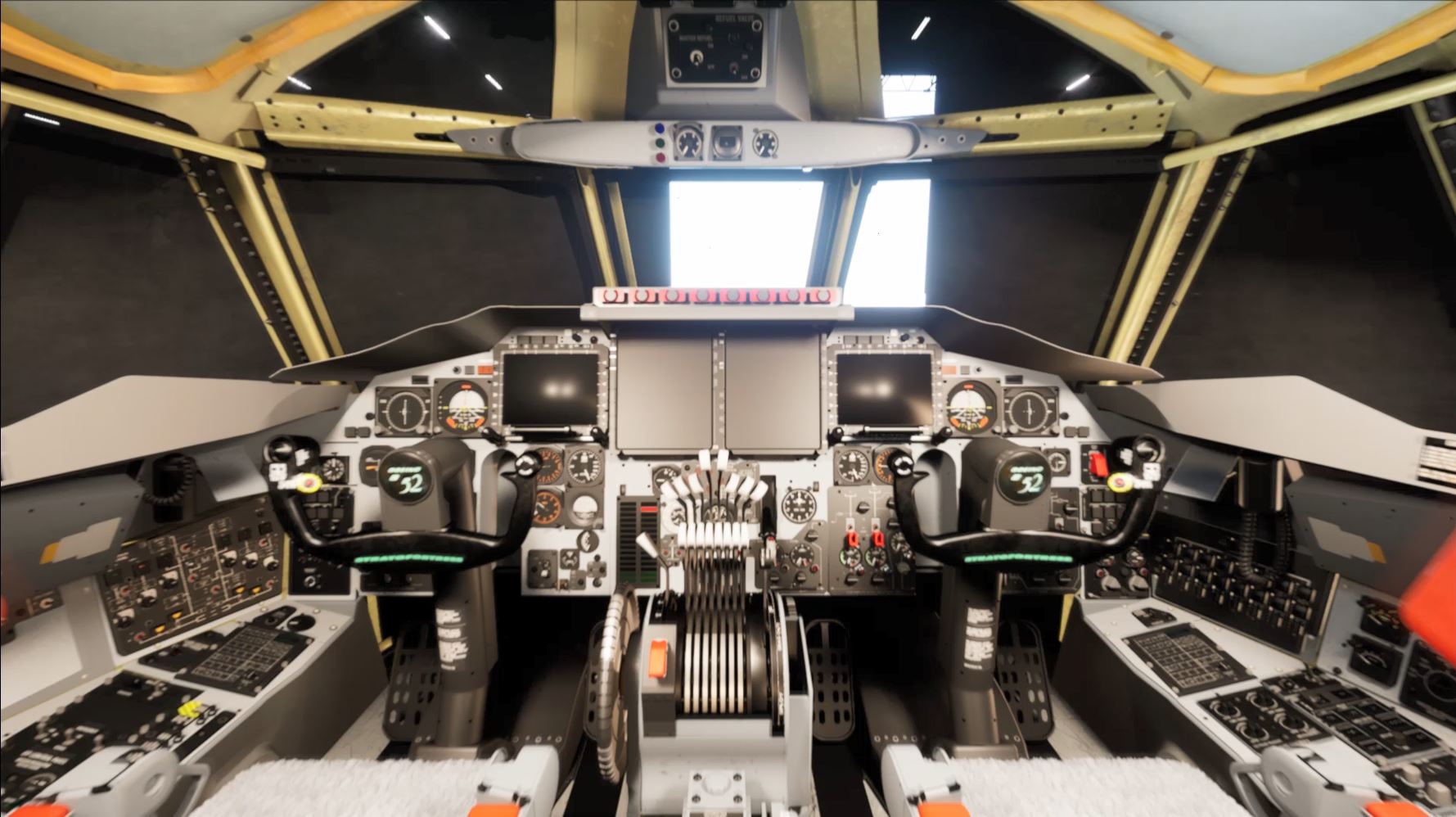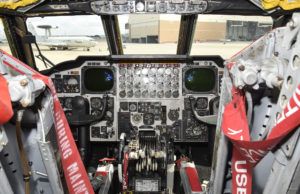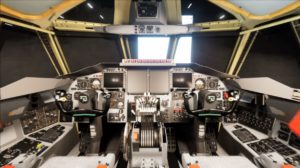A pair of U.S. Air Force F-16s intercepted two Russian bombers flying near Alaska on Oct. 17, NORAD announced. The bombers never entered U.S. or Canadian airspace. Officials said they did not see the Russian planes as a threat or provocation.
“No indication that there was any unsafe, unprofessional behavior,” Pentagon Press Secretary Brig. Gen. Pat Ryder told reporters. “They did not pose a threat.”
The Tu-95 Bear-H bombers were tracked entering the Alaskan Air Defense Identification Zone or ADIZ. An ADIZ can include international airspace to help identify approaching aircraft early. The Alaskan ADIZ covers a large area over the Pacific.
The Alaskan NORAD Region detected, tracked, and positively identified the bombers entering and operating in the ADIZ before dispatching two F-16s to intercept them. NORAD’s press release did not specify which units the F-16s belonged to.
The 354th Fighter Wing at Eielson Air Force Base operates F-16s. RED FLAG-Alaska 23-1, the latest installment in the regular Red Flag series of exercises, is currently taking place as well, with F-16s from the 35th Fighter Wing at Misawa Air Base, Japan, flying in the area.
In its release, NORAD officials stressed that the Russian bombers flying in the ADIZ “is not seen as a threat nor is the activity considered provocative.”
“NORAD tracks and positively identifies foreign military aircraft that enter the ADIZ” and “routinely monitors foreign aircraft movements and as necessary, escorts them from the ADIZ,” the statement added.
In September, NORAD announced it had identified and tracked “two Russian maritime patrol aircraft” in the Alaskan ADIZ. Similar incidents occurred in March and January of 2021.
None of those instances, however, involved Russian bombers, and no fighters were sent to intercept those aircraft. The last time NORAD announced that it had identified any Russian bombers in the ADIZ was in September 2020, and the last time it announced that it sent fighters to intercept any aircraft was in August 2020.
This most recent incident comes amid increased tension between the U.S. and Russia. Moscow’s invasion of Ukraine has sparked international outrage. America has imposed severe sanctions on Russia and sent billions of dollars in military aid to Ukraine.
Earlier this month, Russia and NATO said they would proceed with large-scale nuclear exercises in the coming weeks, even as Russian President Vladimir Putin has engaged in nuclear saber-rattling that has raised fears he might use his arsenal. The NATO exercise, called Steadfast Noon, is centered at Kleine Brogel Air Base, Belgium.
